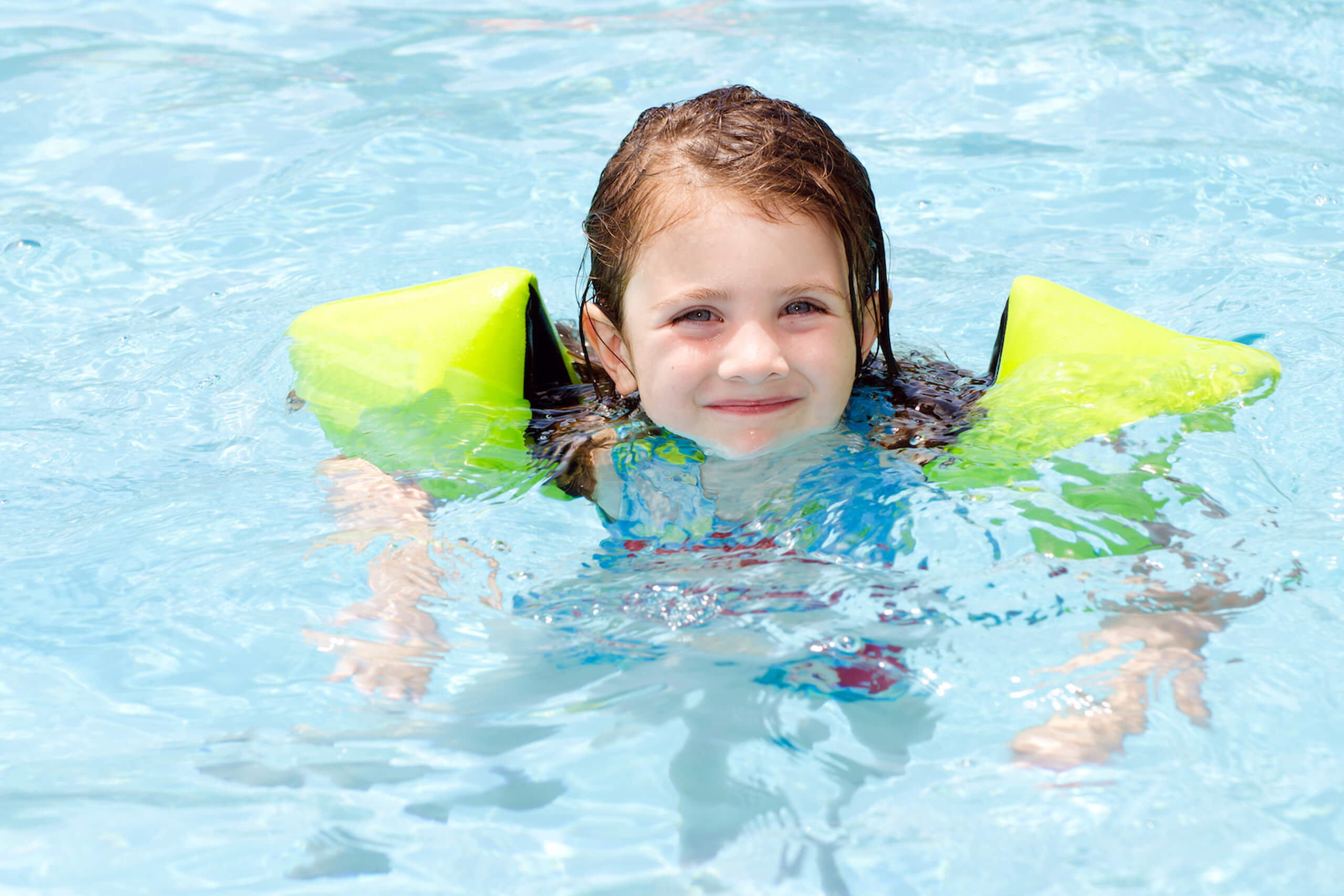Why I Bothered Looking Into This
Honestly? I nearly bought this flashy electric shark for my niece without thinking twice. Looked cool as heck online. But my brain went, “Hold up… this thing runs on batteries… gonna be splashing around water… that sounds sketchy.” Yeah, that combo made me pause big time. Started wondering about those cheap pool toys everyone grabs.
I knew diving into random reviews wasn’t gonna cut it. Needed real facts, not just “works great!” comments that might be fake anyway. Decided I had to figure out what actually makes these things safe before hitting “buy now”.

The Grind: Figuring Out the Safety Stuff
First thing I did? Grabbed a couple of those electric pool toys already in my garage – floats, this mini submarine thing. Flipped them over, looking hard at the tiny letters printed on the bottom or stuck on some corner. Saw some weird symbols. Some had tiny marks like “UL” or “CE”, others had just… nothing much.
Okay, so needed to know what those letters meant. Spent a while poking around safety websites (the boring ones, not the stores selling the toys!). Learned:
- UL: This one popped up a lot. Seems like a big deal in the US. Means someone actually tested the thing properly so it won’t suddenly zap you or burst into flames. Seriously important for stuff plugged in or battery-powered near water.
- ETL: Found this similar to UL, another tough check for electrical safety. Still good to see.
- CE: Kept seeing this on toys shipped from Europe. It’s like a passport stamp saying “Hey, I kinda meet the safety rules over here.” Good sign, but… gotta be careful ’cause sometimes people fake this mark. Annoying, huh?
- IP Rating (like IPX7): This got super specific. The numbers tell you exactly how water-resistant it is. Like, IPX7 basically means “Go ahead, dunk me for a while in shallow water, I’ll be fine.” Perfect for pool toys! Lower numbers mean less protection.
Armed with my new decoder ring for safety symbols, I went back to those toys in my garage. Felt kinda dumb. The shark I almost bought for my niece? Zip. Nada. No UL, no ETL, just a sad little “Made in Somewhere” sticker. The old submarine thing? Had a faded CE mark. Okay, maybe legit, maybe not. Hard to tell now. Ugh.
Putting It Into Action (Shopping Like a Detective)
Decided I wanted something for my own pool. Hit a couple of big stores. Didn’t even look at the cool pictures first. Went straight for the underside or the packaging. Started flipping floats and squinting at boxes.
Felt like a weirdo scanning everything upside down. Found some decent options! One floatie with a built-in motor actually had UL listed right there, clear as day. Sweet! Saw quite a few with the CE mark too, especially the pricier ones. Checked a few pump-up floats for speakers – couple had that IPX7 rating printed. Good. That’s what I wanted to see.
Also spotted way too many cheaper ones with absolutely no safety marks. Like, literally blank where the safety info should be. Kept walking past those.
The “Aha!” Moment & What I Do Now
So, here’s the deal I figured out: If it’s electric and going in the water, the brand name and cool design don’t mean jack for safety. Those safety certifications? They’re the real heroes. They’re proof someone tested the thing properly so your kid (or you!) doesn’t get fried.
My practice now? Dead simple:
- Flip it over first. Before I even look at the price or the color.
- Hunt for UL, ETL, CE, or an IP Rating. Seriously. That’s my shopping list now.
- No safety mark? Nope. Not worth the risk, even if it’s cheap. Learned that lesson staring at my old, unmarked toys wondering if they were safe at all. Pass.
It takes two seconds to check, but man, the peace of mind is huge. Means you can actually enjoy the splash without that little nagging worry in the back of your head. Safety first, fun second. Got it? Good.
